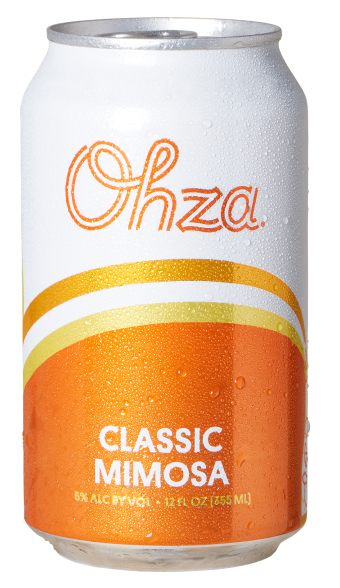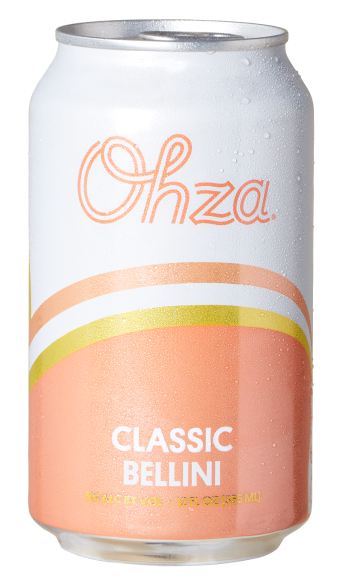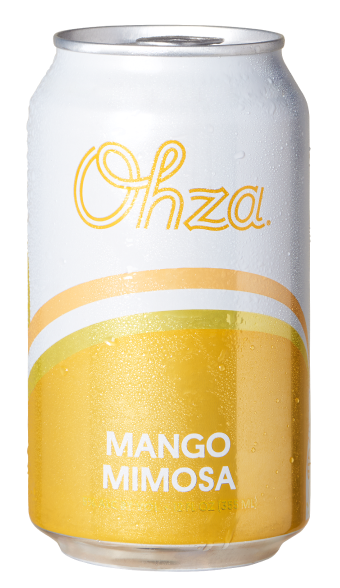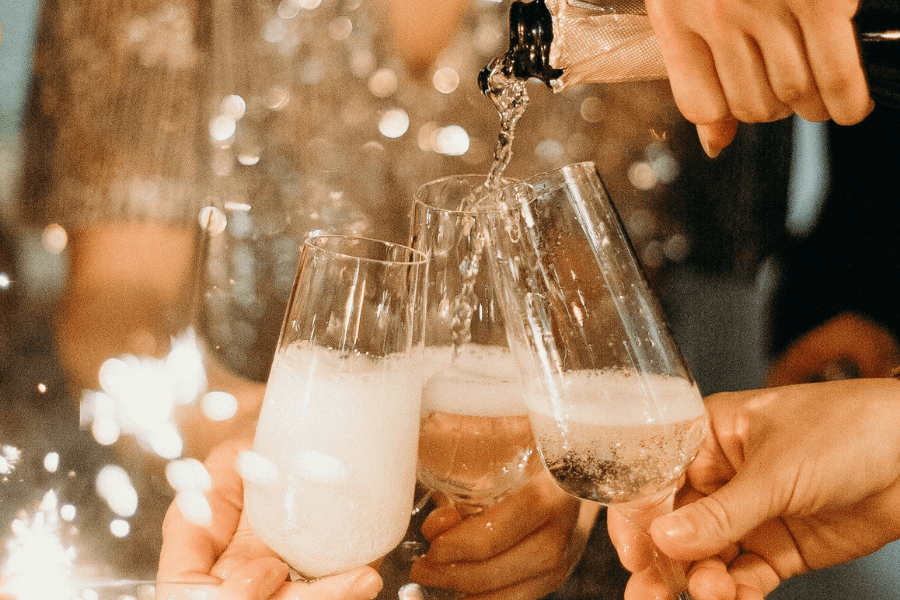How To Raise A Toast Like A Pro

It’s time to raise a toast! Not sure how or why? There are a lot of logistics that go along with toasting. How to toast, when to toast, who to toast to? Even questions like why do we toast and where did toasting come from?
We see it on TV and in movies, but how does toasting work in real life? Don’t let uncertainty stop you from raising a glass to someone you admire. Have no fear. Ohza is here.
When wedding season rolls around, it can be exciting for most but terrifying for some. Iconic moments of guests making toasts to the happy couple or raising a glass to a man they respect are great, but what exactly does all that mean?
What Is a Toast
A toast is defined as: “an act of proposing or of drinking in honor of a toast.” It seems simple enough. But some logistics go along with toasting that we don’t always think about.
There can be a lot of questions tossed up in the air when it comes to what it means to raise a toast.
- Are toasts required, or are they outdated?
- Why should we toast?
- Are we allowed to toast at certain events?
- Should my toast be serious or humorous?
- Should you practice a toast beforehand or completely improvise it?
We know how you’re feeling, and we are here to help shake all that awkwardness off so you can toast like a champ. It’s time for your Jay Gatsby moment.
Here is everything you need to know to toast like a pro at your next big celebratory event.
History of Toasting
To understand how to make the perfect toast, we should understand the history of why we toast in the first place. Humans have been celebrating with events that surround different foods and drinks for centuries. Some scholars argue that the art of toasting has been around since the ancient Egyptians and has always been seen as a sign of respect.
Toasting origins mainly point towards ancient Greek culture. The tradition of toasting likely began in the Homeric age as a sign of respect and obedience to the gods. The individual would take wine in their right hand, pour out a portion of the drink as a form of sacrifice, lift both hands above the head in prayer, and then drink from the cup themselves. This act of sacrificing wine to the gods soon became mirrored by raising a drink to your fellow man.
The Greeks soon began the practice of raising a small toast to fallen soldiers after war. After that practice became more and more common, the Greeks (and Romans, too) began finding any reason to raise a glass—war, peace, fallen soldiers, women worth courting, and most commonly, a companion's health.
Another way that toasting became incorporated into Greek and Roman culture was in the form of a challenge. Men would raise glasses as a form of provocation, as in the culture of the time, toughness was determined by how well one could hold their liquor. Of course, a duel of toasts would end the night with the individuals in a drunken stupor.
The popularity of toasting stayed present in cultures in various countries and walks of life. The name term, toasting, comes from 16th century Shakespeare. Falstaff, from Shakespeare’s The Merry Wives of Windsor, demands wine with toast in it. Yes, the character in question meant literal toasted bread in his glass of wine, but the term just kind of stuck.
Nowadays, toasting is a way for one individual to praise and respect their friend or elder. T
Why Do We Toast?
It’s important to remind yourself why you are toasting in the first place. It can be easy to get caught up in the excitement of the toast and start to ramble but remember the why. The toast is a gesture of respect and good fortune.
We toast as a send-off to someone who we honor and respect, so keep the toast respectful and honorable.
Keep it sincere, simple, and honest.
Save the jokes and jabs for after the celebration. It probably wouldn’t be in good taste to tease your friend who is getting married with an embarrassing story in front of his elderly grandmother.
A Toasting Crash Course
Now that we know and understand the history of the toast, how do we do it? It can be hard to understand the art of toasting when you have only seen drunken examples at weddings and gatherings.
When toasting for a wedding, always discuss your toast with the couple first so everyone is on the same page about when the toast will happen and who will deliver it. This helps give everyone peace of mind about the event and the order of toasts.
Pro Tip: Timing is everything. Pace yourself. Don’t let your speech be liquor-led. It’s also proper etiquette not to toast until every guest has had a full glass, so keep an eye out for that.
Here are three simple steps to making your toast the best it possibly can be.
1. Be Prepared
Many will say that improvising your speech will help add sincerity and vulnerability, but it’s usually the opposite.
It’s generally a good idea to have an outline prepared of what you want to say. You don’t have to write your speech out word for word for it to be prepped and ready to go.
Knowing which story you’re going to tell about your best friend or having a quote in mind to share is always better than grabbing the microphone and fumbling over something that no one will even remember in a few years.
Like the ancient Greeks, toasting is a sign of respect. Don’t disrespect the person you’re toasting by tripping over your words and stories.
Keep It Short and Sweet
When you are toasting, you should be mindful of your time. Most likely, you will not be the only individual wanting to raise a toast to whoever is being celebrated. It’s a good idea not to take up more than 30-60 seconds in your toast.
People are more likely to remember one statement over five minutes of a seemingly eternal story anyways. Keep your toast personal and memorable, but keep in mind your time limit.
If you catch yourself rambling or searching for words to say, you have most likely been talking too long anyways. Keep it short and sweet!
3. Read the Room
One huge takeaway you should know about toasting is to never toast before the host. Wait for the event host to make the opening toast, and then take it away.
Another big thing to do is to read the room. If you are in a room full of serious professionals or people you may not know very well, maybe now is not the time to crack a joke. As a general note, it’s a good idea to lean your toast on sincerity more often than none, as you only have a few seconds to make a lasting statement and memory.
Know your audience, know who you’re toasting and know yourself too.
Giving The Toast
Now that you have taken all these elements into account, it’s time to raise the toast. If you are the individual giving the toast, here are some things you should do and keep in mind to make it the perfect toast.
- Stand Up: Unless you have a really good excuse not to, you should probably stand up during your speech. It helps people's attention stay on you, helps your presence, and is just overall respectful to stand when addressing someone, especially someone that you love and admire.
- Eye Contact: Just like standing, eye contact shows that you are present. Eye contact is engaging and makes your speech more personal and intentional.
- Hold Your Glass In Your Right Hand: This is just basic etiquette. This little detail shows that you care about what you are talking about and the person you are talking to.
- Introduce Yourself: If you’re at a wedding or an event that not everyone may know you at, make sure to introduce yourself. This will help people develop a personal perspective of you and the people that you are toasting.
- Speak Clearly: Most likely, you will be addressing a room as well as the guest of honor. Speak slowly and clearly so that everyone can hear and understand you.
- Be Specific: Say what you want to say and say it with confidence. Be specific and intentional in what you are saying, don’t ramble or just raise a toast because everyone else is.
- End On A High Note: This is a celebration, so make sure that your speech is celebratory. Toast to the happy couple, the guest of honor, or whoever is being honored. Leave it on a high note and celebrate with the ones you love.
What To Toast With
You honestly can toast with anything you have, but most people choose Champagne or sparkling wine. Champagne has been the go-to celebratory drink for centuries. It’s classic, bubbly, and fun.
Toasts can also be made with cocktails, mixed drinks, wine, a mocktail—you name it. The only drinks you should avoid toasting with are water or an empty glass.
Of course, our favorite beverage to toast with is a crisp can of Ohza. Bright, bubbly, and super convenient, these mimosas will add a little extra something to any toast. Whether you choose a Classic Bellini or switch it up with a Mango Mimosa, there’s something for everyone.
Toast to good health, prosperity, love, or anything else you can think of if it’s in good taste.
Celebrate The Good Times
Toasts are a wonderful way to celebrate the people that you love and are honoring. They come from a long full line of tradition and respect that doesn’t seem to be going away anytime soon. Toasting is a classy way to send off close friends and loved ones. Better yet, it is a personal way to show your admiration to someone.
It’s better to keep a toast personal than try to get fancy with it. Toasting isn’t about you, so keep it unique to your guest of honor and keep the attention off you.
It’s not about a big grand gesture, but that’s the beauty of it. It’s simple, small, and tasteful. Don’t deal with the hassle of a long speech. Short and sweet is the best direction to go. Your guest of honor and their guests will all appreciate a nice toast done in good taste.
The bottom line: toasting is almost always a good idea when you know how to do it right. Go into it with good intentions and preparation, and your toast will be heartfelt and memorable. Here’s a toast to you and all your future toasting!
Sources:
The History of Toasting (And Why to Bring it Back) | Art Of Manliness










